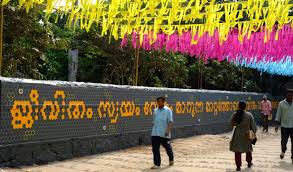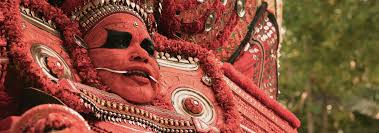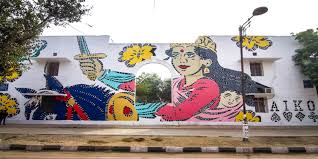
Menu

Masks in Indian culture have long been vessels of transformation. In tribal rituals, they represent gods, spirits, or ancestors. In traditional theatre like Kathakali or Chhau, masks help amplify expression and tell grand stories through symbolic detail.
Today, these ritualistic masks are entering new spaces—art galleries, experimental theatre, and urban performances. Artists are exploring the idea of identity, anonymity, and emotion through mask work, borrowing from ancient forms but adapting them to modern contexts.
Contemporary theatre directors often use masks to break away from realism and dive into abstraction. Visual artists reinterpret wooden or clay masks into installations, mixed-media works, and fashion.
These adaptations also challenge how we perceive tradition. A tribal mask in a museum might seem like an artifact, but when worn by a performer tackling social themes, it becomes a living, breathing force of expression. The mask continues to bridge the sacred and the performative.



